-
1 of 253523 objects
The Waterloo Vase 1819-30
Marble | H 18' x dia.8' 9", weight 'little short' of 40 tons (whole object) | RCIN 68600
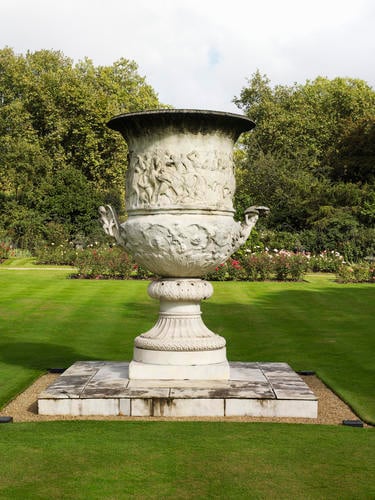
Sir Richard Westmacott (1775-1856)
The Waterloo Vase 1819-30
Royal Collection Trust/© His Majesty King Charles III 2022. Photographer: Relic Imaging
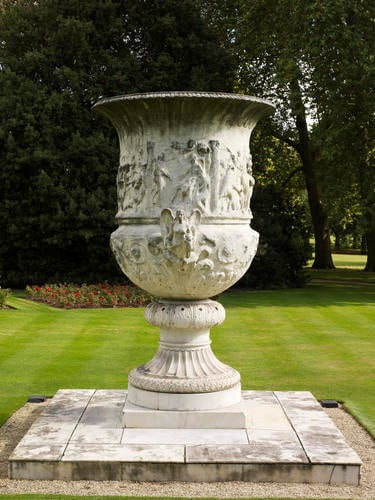
Sir Richard Westmacott (1775-1856)
The Waterloo Vase 1819-30
Royal Collection Trust/© His Majesty King Charles III 2022. Photographer: Relic Imaging
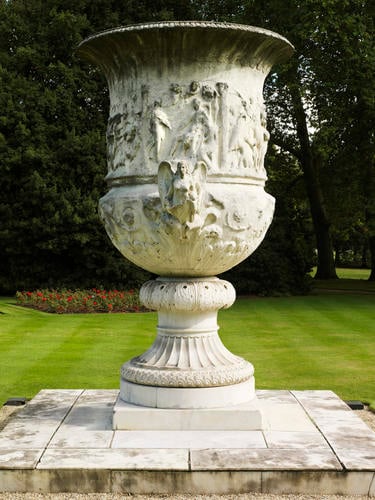
Sir Richard Westmacott (1775-1856)
The Waterloo Vase 1819-30
Royal Collection Trust/© His Majesty King Charles III 2022. Photographer: Relic Imaging
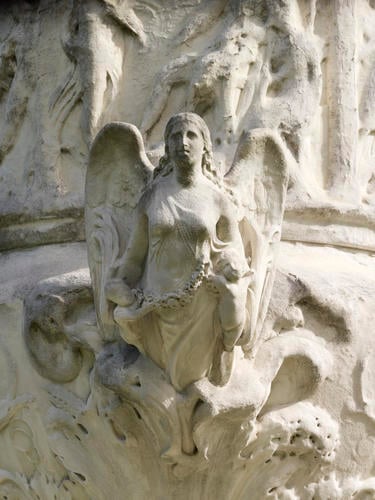
Sir Richard Westmacott (1775-1856)
The Waterloo Vase 1819-30
Royal Collection Trust/© His Majesty King Charles III 2022. Photographer: Relic Imaging
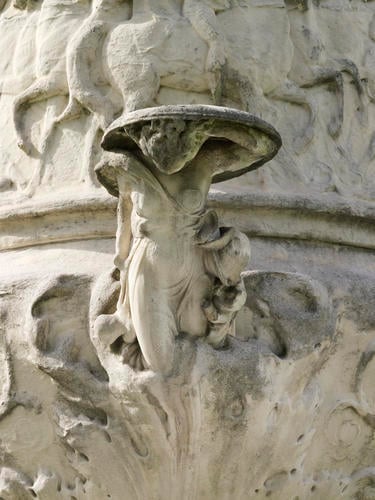
Sir Richard Westmacott (1775-1856)
The Waterloo Vase 1819-30
Royal Collection Trust/© His Majesty King Charles III 2022. Photographer: Relic Imaging
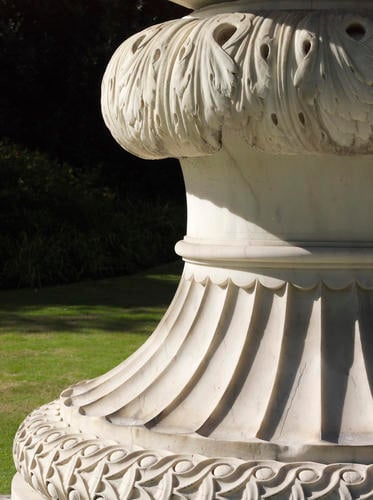
Sir Richard Westmacott (1775-1856)
The Waterloo Vase 1819-30
Royal Collection Trust/© His Majesty King Charles III 2022. Photographer: Relic Imaging
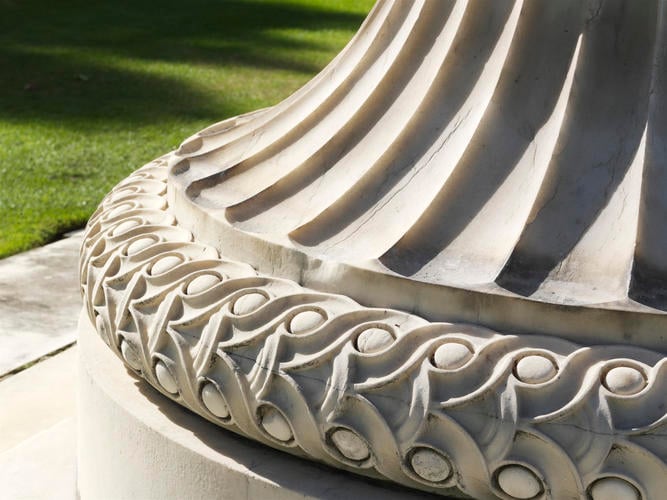
Sir Richard Westmacott (1775-1856)
The Waterloo Vase 1819-30
Royal Collection Trust/© His Majesty King Charles III 2022. Photographer: Relic Imaging
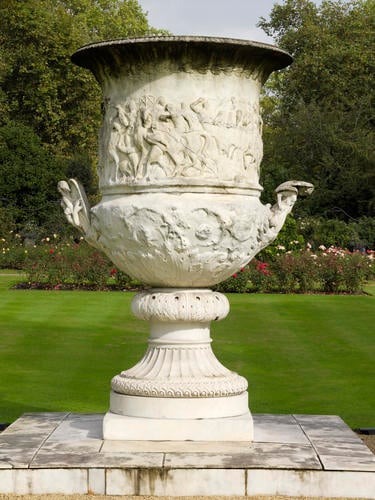







-
A marble vase of campana form in the style of the Medici and Borghese vases
The carved relief on the frieze around the centre of the vase is a narrative of the closing stages of the Battle of Waterloo with the Duke of Wellington on his horse, Copenhagen, at the centre of a cavalry and infantry charge. The Emperor Napoleon is about to mount his horse to retreat from the battlefield, havng been warned by his Marmaluk attendant of Wellington's approach.
The handles of the vase are personifications of winged Victory and Defeat, the latter cowering behind a shield. Above Victory is a third and smaller panel illustrating an allegory of Peace presenting the Prince Regent with a palm and Europe emerging from a refuge beneath a throne. Below the reliefs is a stylised interlaced decoration of national emblems - roses, shamrocks, thistles and a crown. The whole is supported by a gadrooned torus and a spreading socle foot mounted on circular and square plinths and a large square stone stand.Provenance
The large piece of fine Carrara marble was reserved by the Emperor Napoleon in 1812 in Italy en route to the Russian front. He commissioned a monumental classical vase to commemorate his anticipated triumphs in Russia. The finished article was intended to be the centrepiece of the palace he was planning for his infant son, the King of Rome, in the Paris area of Chaillot as part of an 'imperial city'; the designers Fontain and Piercier considered it would be 'the vastest and and most extraordinary work of our century'. Neither the anticipated triumphs in eastern Europe nor the 'imperial city' materialised; the plans for 'a Kremlin a hundred times more beautiful than Moscow's' were abandoned after the Emperor's first abdication in 1814.
In 1815 the Grand Duke of Tuscany offered the marble to The Prince Regent. The ambassador to Florence, Lord Burghersh, negotiated the Prince's acceptance of the gift and Sir Richard Westmacott was commissioned to carve a new version of the vase. Sir Richard is known to have received £4,500 in 1819, possibly an advance payment; in 1827 he submitted a bill for £240 9s. for machinery to turn the vase; he was paid in May 1831 by the late King's executors.
The finished vase was too heavy to install in its intended location in the Waterloo Chamber at Windsor Castle. In 1835 William IV presented it to the National Gallery (then under construction in Trafalgar Square). Thereafter it moved a number of times: first to Gloucester Gate in Hyde Park, into store at the South Kensington Museum (now the Victoria & Albert Museum) and, finally, in 1903 Edward VII accepted it for installation in the gardens of Buckingham Palace.
The vase features in one of the most iconic photographs taken of of Queen Elizabeth taken in 1939 by Cecil Beaton (RCIN 2315149). -
Creator(s)
Acquirer(s)
-
Medium and techniques
Marble
Measurements
H 18' x dia.8' 9", weight 'little short' of 40 tons (whole object)
550 x 267 x 267 cm (whole object)
Category
Object type(s)
Place of Production
Carrara [Italy]